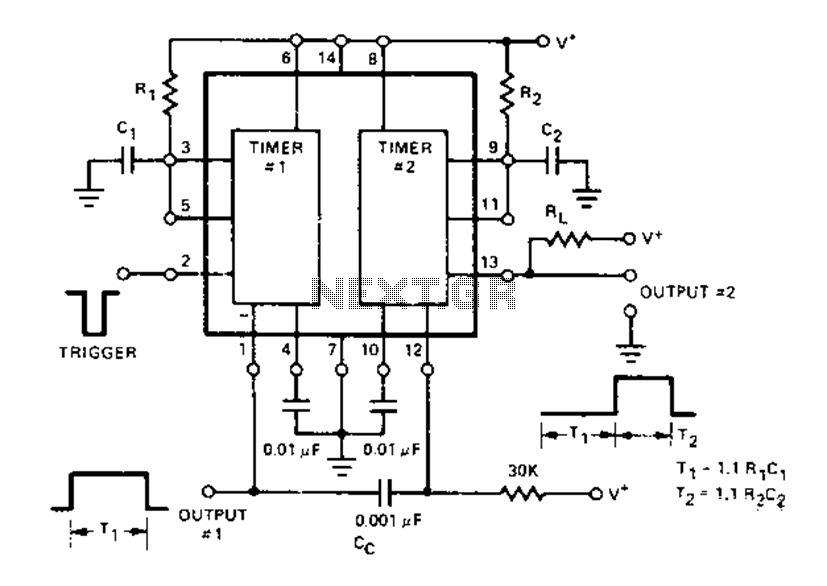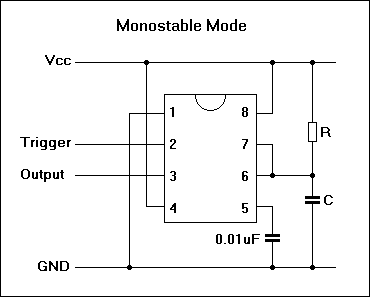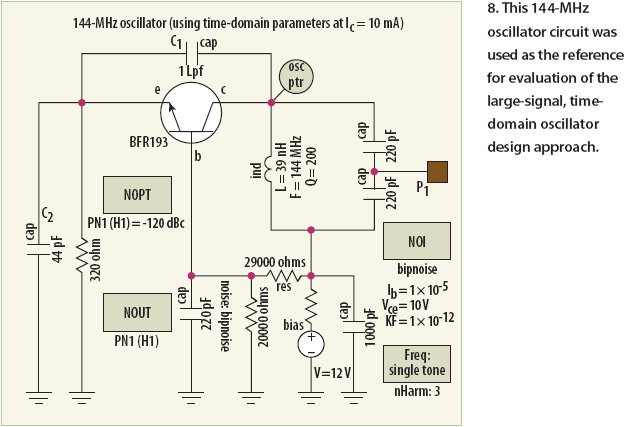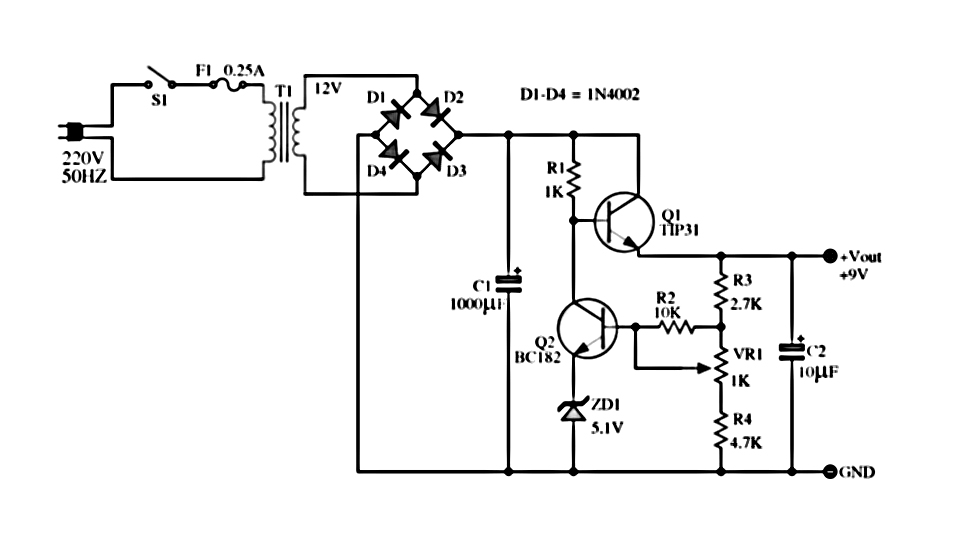
selecting crystals stable oscillators
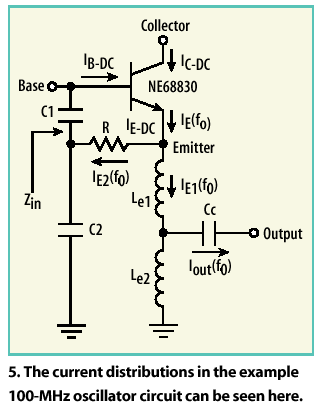
Understanding how quartz-crystal resonators operate can lead to designing crystal oscillators with improved stability and better noise performance.
Quartz-crystal resonators function based on the piezoelectric effect, where mechanical stress applied to a quartz crystal generates an electrical charge. This property allows the crystal to oscillate at a precise frequency when an alternating voltage is applied. The frequency of oscillation is primarily determined by the physical dimensions and cut of the crystal, such as the thickness and angle of the cut, which can be tailored to achieve specific frequency characteristics.
In the design of crystal oscillators, the resonator is typically integrated into an oscillator circuit that includes active components such as transistors or operational amplifiers, along with passive components like capacitors and resistors. The oscillator circuit amplifies the oscillations produced by the crystal resonator, thus maintaining a stable output frequency.
Stability in crystal oscillators is enhanced by minimizing temperature variations and mechanical vibrations that can affect the resonator's frequency. Techniques such as temperature compensation and the use of high-quality factor (Q) crystals can significantly improve performance. Additionally, noise performance can be optimized through careful circuit design, including the use of low-noise components and power supply decoupling.
Overall, a thorough understanding of the operational principles of quartz-crystal resonators and their integration into oscillator circuits is essential for developing high-performance timing solutions in various applications, including communication systems, consumer electronics, and precision measurement instruments.Understanding how quartz-crystal resonators operate can lead to designing crystal oscillators with improved stability and better noise performance.. 🔗 External reference
Quartz-crystal resonators function based on the piezoelectric effect, where mechanical stress applied to a quartz crystal generates an electrical charge. This property allows the crystal to oscillate at a precise frequency when an alternating voltage is applied. The frequency of oscillation is primarily determined by the physical dimensions and cut of the crystal, such as the thickness and angle of the cut, which can be tailored to achieve specific frequency characteristics.
In the design of crystal oscillators, the resonator is typically integrated into an oscillator circuit that includes active components such as transistors or operational amplifiers, along with passive components like capacitors and resistors. The oscillator circuit amplifies the oscillations produced by the crystal resonator, thus maintaining a stable output frequency.
Stability in crystal oscillators is enhanced by minimizing temperature variations and mechanical vibrations that can affect the resonator's frequency. Techniques such as temperature compensation and the use of high-quality factor (Q) crystals can significantly improve performance. Additionally, noise performance can be optimized through careful circuit design, including the use of low-noise components and power supply decoupling.
Overall, a thorough understanding of the operational principles of quartz-crystal resonators and their integration into oscillator circuits is essential for developing high-performance timing solutions in various applications, including communication systems, consumer electronics, and precision measurement instruments.Understanding how quartz-crystal resonators operate can lead to designing crystal oscillators with improved stability and better noise performance.. 🔗 External reference
Warning: include(partials/cookie-banner.php): Failed to open stream: Permission denied in /var/www/html/nextgr/view-circuit.php on line 713
Warning: include(): Failed opening 'partials/cookie-banner.php' for inclusion (include_path='.:/usr/share/php') in /var/www/html/nextgr/view-circuit.php on line 713
